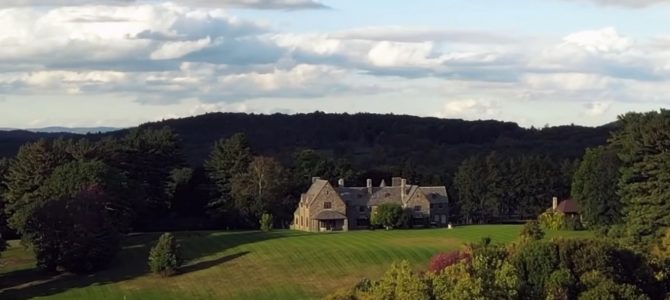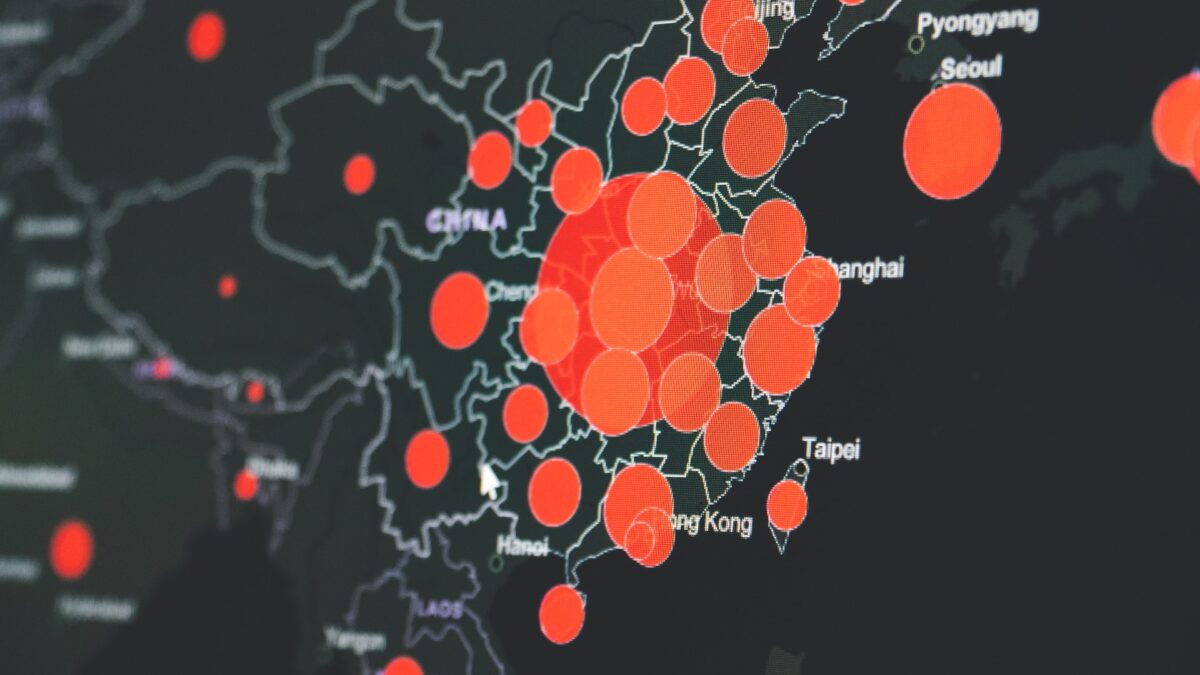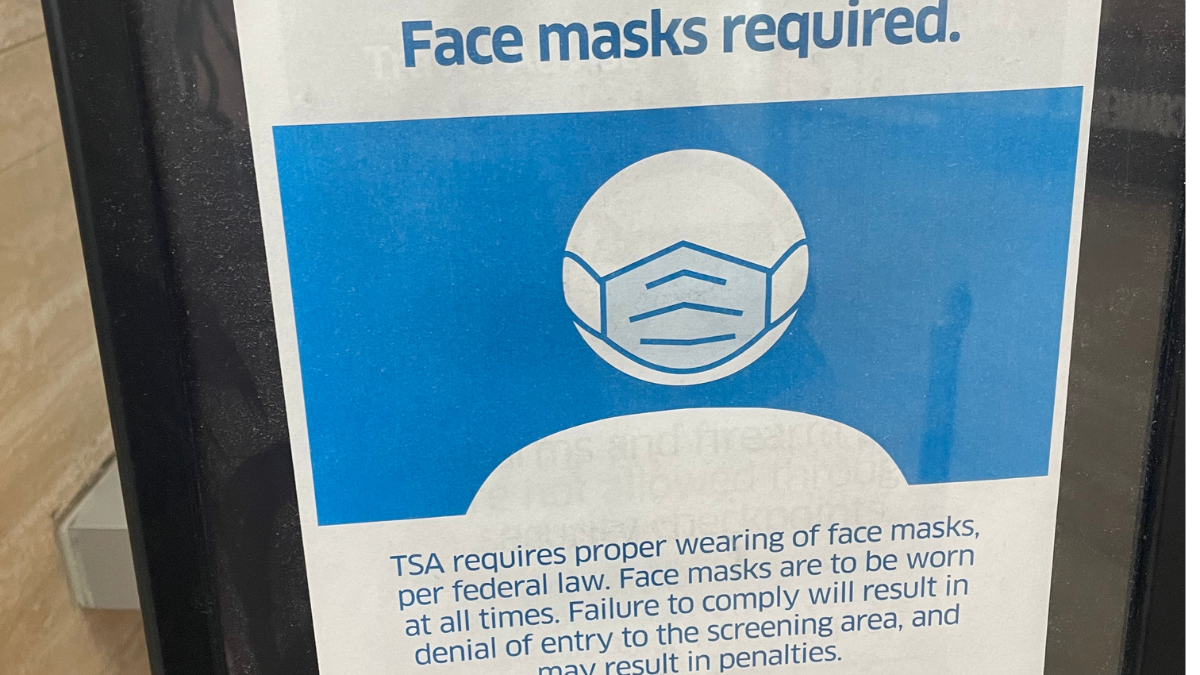
Last month, the prestigious Scientific American magazine announced that for the first time in its 175-year history, it would endorse Joe Biden, the Democrat nominee, for the 2020 U.S. presidential election. In a statement, the editors of the magazine blasted the Trump administration for its handling of COVID-19 and concluded that “Donald Trump has badly damaged the US and its people – because he rejects evidence and science. It’s time to move Trump out and elect Biden, who has a record of following the data and being guided by science.”
Biden has said many times — including in the last presidential debate — he doesn’t think we should reopen our economy until a COVID vaccine is available. Maybe it’s time to ask the editors at Scientific American and Biden if there is other evidence and science they choose to ignore?
Last week, the three leading scientists drafted and posted The Great Barrington Declaration, a public petition calling for an end to the lockdowns and returning life to its pre-pandemic norm, except for the most vulnerable segments of our population.
The authors of the Great Barrington Declaration said they were driven by their “grave concerns about the damaging physical and mental health impacts of the prevailing COVID-19 policies.” Since its release, more than 13,000 infectious disease epidemiologists, public health scientists, medical practitioners, and more than 180,000 members of the general public, have signed the petition.
The Growing Push-back
There are three reasons the Great Barrington Declaration has generated so much enthusiastic support in such a short period.
First, three authors of the statement are among the leading epidemiologists in the world: Dr. Martin Kulldorff, a professor of medicine at Harvard University, a biostatistician, and epidemiologist; Dr. Sunetra Gupta, a professor at Oxford University, an epidemiologist with expertise in immunology, vaccine development, and mathematical modeling of infectious diseases; and Dr. Jay Bhattacharya, a professor at Stanford University Medical School, a physician, epidemiologist, health economist, and public health policy expert focusing on infectious diseases and vulnerable populations.
Second, the Great Barrington Declaration reaffirmed what some experts and the general public have been saying for months about the downsides of lockdown policies. Back in June, the American Academy of Pediatrics issued a strongly worded statement, urging states to reopen schools and having children physically present in schools. It cites “mountains of evidence” that the transmission rate, infection rate, and death rate of COVID-19 among young children have been extremely low.
In addition, the long term harm of remote and disrupted learning and keeping children and adolescents from physically being in schools is severe, including learning loss, increasing physical or sexual abuse, and other emotional and health issues such as depression and suicidal ideation. All demographics of children and adolescents have suffered, but those from low-income families and those with learning disabilities have suffered the worst.
Regardless, this week alone, New York City shut down more than 300 public and private schools in nine ZIP codes, citing a surge of COVID-19 cases in those areas, while ignoring recommendations from the AAP and others. Such massive school shutdowns came after two last-minute delays in reopening the city’s schools in September due to pressure from the powerful teachers’ union.
Parents are rightfully frustrated because their children, who are already behind their studies since the spring lockdowns, have barely received any education this fall. Both New York City Mayor Bill de Blasio and New York Gov. Andrew Cuomo, however, announced additional school closures in the name of following science and evidence.
If de Blasio and Cuomo truly believe in having science guide their decision-making, they should listen to these leading epidemiologists, who wrote the Great Barrington Declaration:
Current lockdown policies are producing devastating effects on short and long-term public health. The results (to name a few) include lower childhood vaccination rates, worsening cardiovascular disease outcomes, fewer cancer screenings and deteriorating mental health – leading to greater excess mortality in years to come, with the working class and younger members of society carrying the heaviest burden.
The declaration goes on to say, “Keeping students out of school is a grave injustice,” because “for children, COVID-19 is less dangerous than many other harms, including influenza.”
The Importance of Focused Protection
The third reason the Great Barrington Declaration has gained such popular support from other medical experts and the general public is that it offers a “compassionate” way forward. It calls for replacing indiscriminate lockdown policies with “Focused Protection,” meaning focusing on protecting the most vulnerable. such as seniors. It offers some ideas such as regularly testing nursing home workers and delivering food and essentials to seniors who live at home.
While protecting the vulnerable, the Great Barrington Declaration suggests those who are at minimal risk “immediately be allowed to resume life as normal,” which means that “schools and universities should be open for in-person teaching. Extracurricular activities, such as sports, should be resumed. Young low-risk adults should work normally, rather than from home. Restaurants and other businesses should open. Arts, music, sport, and other cultural activities should resume.”
Such an approach will allow our society to eventually build herd immunity, “when a large portion of a community (the herd) becomes immune to a disease, making the spread of disease from person to person unlikely.” According to the Great Barrington Declaration, herd immunity is the best way to protect all of us in the long run, and “focused protection” is the least harmful way to achieve such immunity.
Indeed, what these public health experts propose has already been practiced by a few countries. One of them is Sweden, a country didn’t impose complete lockdowns in the spring. Schools remained open. Many businesses continued to open as normal, including restaurants, bars, gyms, and shops. The Swedish government trusted its citizens to make rational adjustments to their behavior, which many did.
Sweden was vilified for daring to take a different approach than other countries. In the spring, the Swedish anti-lockdown approach was deemed “inhumane” when it was reported that Sweden’s COVID-19 death rate was 567 deaths per million people, higher than Denmark’s 106 deaths per million (Denmark imposed lockdowns). But the situation in Sweden has greatly improved since then. Now, Swedish doctors reported that they hardly see any new COVID-19-positive patients.
The Swedish economy has also fared much better than those of its European neighbors. According to the New York Times, other European governments, including some of the harshest critics of Sweden in the past, are now quietly adopting the Swedish model, pushing schools and businesses to open and rejecting a second lockdown despite a surge of new cases.
Will We Heed New Advice?
Based on the increasing number of signatures, the message and the recommendations the Great Barrington Declaration proposes has received wide support. Of course, there are detractors. Some of the loudest objections have come from others in the medical community. Some argue there is not sufficient data to support the assertion that herd immunity to COVID-19 offers people long-term protection. Some fault the Great Barrington Declaration for failing to mention mass testing and contact tracing. These are all valid points.
Fortunately for mankind’s long-term survival, our science community doesn’t have one, uniform voice. It is clear that the science on COVID-19 is not settled and we have much to learn about the virus. But we can’t afford to put our society, economy, and living a normal life on hold while we are searching for answers and solutions.
It is also concerning how little coverage the Great Barrington Declaration has received from America’s mainstream left-leaning media and pundits, who claim that they let evidence and science guide their decisions. They have, however, no issue rejecting science when it doesn’t match their narratives. So who is anti-science now?









